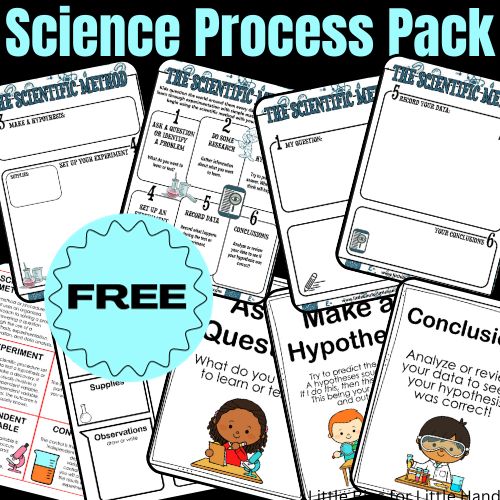Are you looking for a simple way to demonstrate buoyancy and density? We’ll take you step by step through this hands-on experiment that’s not only educational but also loads of fun. Investigate whether an orange floats or sinks in water, and even add in the scientific method. Set up this simple floating orange experiment in minutes and find out “do oranges float?”!
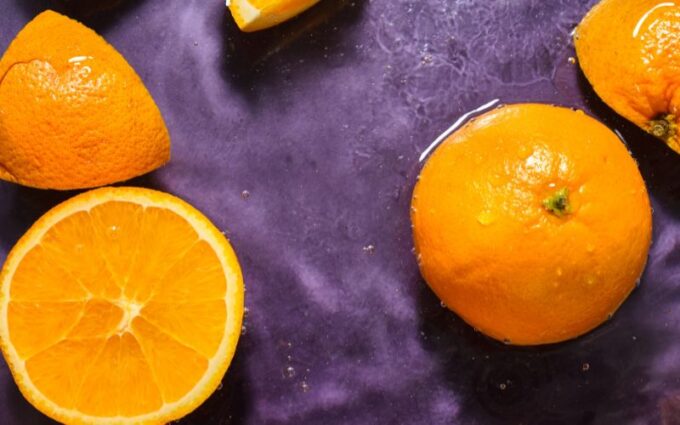
How to Set Up Floating Orange Experiment
Setting up this floating orange experiment is simple and requires only a few materials. Here’s a step-by-step guide on how to experiment using an orange, a large jar or vase, and water.
Materials:
- One orange
- A large jar or vase
- Water
Instructions:
STEP 1: Choose a large jar or vase with a clear surface to allow for easy observation of the experiment.
STEP 2: Pour water into the jar or vase until it’s about halfway full. Ensure there’s enough water to submerge the orange fully.
STEP 3: Before placing the orange in the water, encourage participants to make observations about the orange. Discuss its appearance, weight, and any predictions they might have about what will happen when it’s placed in water.
STEP 4: Gently place the orange into the water and observe what happens. Does it sink or float? Encourage participants to notice any specific characteristics of the orange that might influence its buoyancy.

STEP 5: After the orange has settled, discuss the results with the participants. Explain the scientific principles of buoyancy and density. Emphasize that if the orange floats, it is less dense than water; if it sinks, it is denser than water.
Optional Extension for Older Kids
Experiment with Peel and Pulp
Consider peeling the orange and placing just the peel in the water for older kids. Observe whether the peel alone floats.
Then, place the pulp (fruit without the peel) in the water and observe its behavior. Discuss how variations in density within the orange contribute to its overall buoyancy.
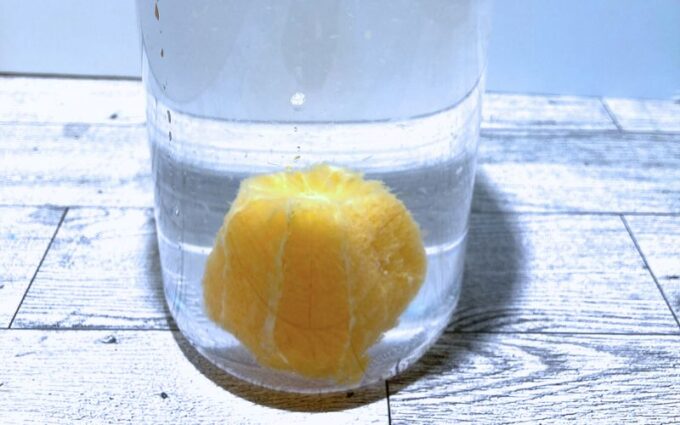
Why Does An Orange Float?
The floating orange experiment demonstrates the scientific principles of buoyancy and density. Buoyancy is the upward force exerted by a fluid (in this case, water) that opposes the weight of an object placed in it. Density, on the other hand, is the mass of an object per unit volume.
Here’s a breakdown of the science behind the experiment:
Buoyancy
When you place the orange in water, it experiences an upward buoyant force equal to the weight of the water it displaces. If the buoyant force is greater than the weight of the orange, the orange floats. This is due to Archimedes’ principle, which states that any object submerged in a fluid is buoyed up by a force equal to the weight of the fluid it displaces.
Density
The orange floats because its average density is less than that of water. Density is calculated by dividing the mass of an object by its volume. In this case, the orange’s density is affected by both its mass and volume. If the orange is less dense than water, it will float; if it’s denser, it will sink.
Learn more about density with one of these easy density experiments.
Why Does A Peeled Orange Sink?
A peeled orange may sink in water because removing the peel reduces its overall buoyancy. The buoyancy of an object depends on its density compared to the density of the surrounding fluid, in this case, water. The orange peel is less dense than the water, allowing the whole unpeeled orange to float.
Here’s a breakdown of why this happens:
The peel of an orange contains tiny pockets of air, making it less dense than water. When the orange is intact with its peel, these air pockets contribute to the overall buoyancy of the fruit, causing it to float.
When you peel an orange, you remove the buoyant peel and expose the denser interior. Without the air-filled peel, the density of the orange increases, and it may become greater than that of water.
Objects float when they are less dense than the fluid they are in. If the density of the peeled orange is now greater than the density of water, it will sink.
It’s worth noting that the size and type of orange can also influence whether it floats or sinks.
Free Printable Science Process Pack
Extend the learning opportunity by creating a science journal with our free science process pack for kids!
Using the Scientific Method
We can elevate the Floating Orange Experiment by applying the scientific method for older kids ready to delve deeper into the scientific realm. This structured approach to inquiry involves formulating hypotheses, conducting experiments, collecting data, and drawing conclusions.
Start by encouraging students to ask questions such as “What factors influence the floating orange?” or “How does the size or weight of the orange impact its buoyancy?” Have them come up with an hypothesis based on their initial observations and then design an experiment to test it.
Older kids can better understand the scientific principles by altering variables, recording measurements, and analyzing results. This extension challenges them to think critically and apply analytical thinking.
Learn more about applying the scientific method with examples.
Helpful Science Resources
Here are a few resources that will help you introduce science more effectively to your kiddos or students and feel confident yourself when presenting materials. You’ll find helpful free printables throughout.
- Best Science Practices (as it relates to the scientific method)
- Science Vocabulary
- 8 Science Books for Kids
- All About Scientists
- Free Science Worksheets
- Science Supplies List
- Science Tools for Kids
More Simple Science Experiments for Kids
There are so many fantastic ways to bring science into the classroom or to the kitchen counter. Browse through more kids science experiments or try one of these below.
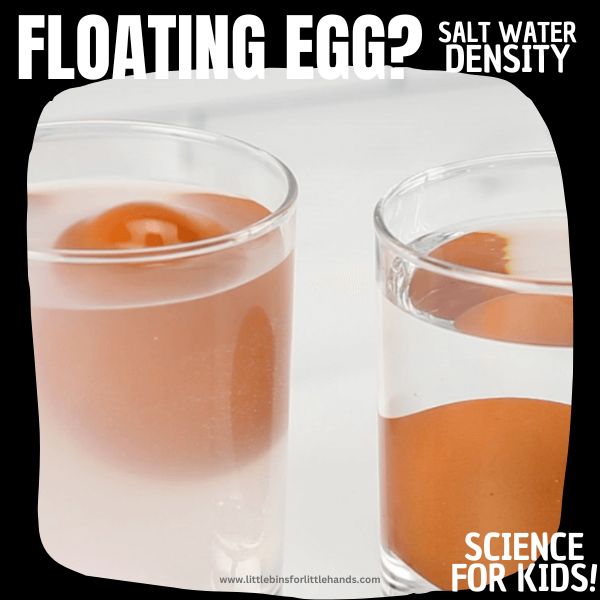


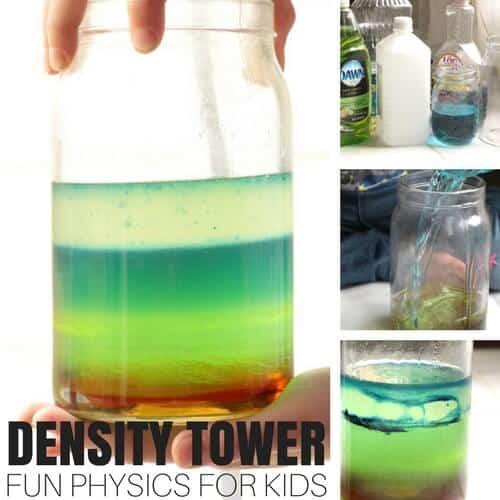
Printable Science Projects Pack
If you’re looking to grab all of our printable science projects in one convenient place plus exclusive worksheets and bonuses like a STEAM Project pack, our Science Project Pack is what you need! Over 300+ Pages!
- 90+ classic science activities with journal pages, supply lists, set up and process, and science information. NEW! Activity-specific observation pages!
- Best science practices posters and our original science method process folders for extra alternatives!
- Be a Collector activities pack introduces kids to the world of making collections through the eyes of a scientist. What will they collect first?
- Know the Words Science vocabulary pack includes flashcards, crosswords, and word searches that illuminate keywords in the experiments!
- My science journal writing prompts explore what it means to be a scientist!!
- Bonus STEAM Project Pack: Art meets science with doable projects!
- Bonus Quick Grab Packs for Biology, Earth Science, Chemistry, and Physics



